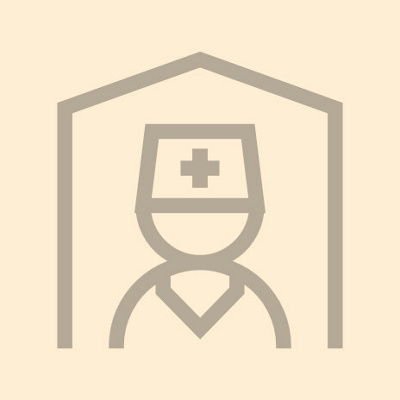Autism is a complex condition that affects brain development in children, resulting in learning, communication and social interaction challenges, with symptoms ranging from mild to severe. A Mediclinic expert explains why it must be identified and managed as early as possible.
Identifying autism early and starting therapy can greatly improve a child’s quality of life, says Dr Michelle van Niekerk, a paediatrician at Mediclinic Hermanus.
Specialists such as paediatric neurologists, paediatricians, child psychiatrists or psychologists, and GPs with special training in mental or child health can officially diagnose autism. Dr Van Niekerk has a special interest in neurodiversity, which includes conditions like autism, ADHD, Tourette’s syndrome, and other developmental differences.
The warning signs of autism
Specialists look for two main signs when checking for autism, explains Dr Van Niekerk. First, they assess communication skills, including how the child expresses themselves, understands others, and interacts socially. Second, they look for repetitive behaviours, habits, or a strong preference for routine and sameness. These signs are based on internationally accepted guidelines from the American Psychiatric Association’s DSM-5 TR.
“The red flags for autism in expressive speech include anything unusual: delayed development of language and speech, speaking in a different or unique way to their peers, such as echolalia (repeating phrases or words), or making up words, rapping or rhyming,” she says.
A possible sign of autism in understanding language is when a child struggles to follow instructions correctly. For example, they might take things too literally or misunderstand what is being said.
Social difficulties are noticeable from a very young age. One example is when a baby does not respond to their name.
Autistic children often prefer routines and repeated behaviours. They may find changes difficult and feel very anxious when things don’t go as expected.
Dr Van Niekerk says smaller children with autism often like to line up objects and play with certain toys in an unusual or repetitive manner. They may also have sensory differences – some seek out particular sensations, while others avoid them. For example, they might refuse to try new foods because of their feelings or taste.
Signs of autism at different ages
Autism can usually be diagnosed from quite a young age, although the norm is to test from 18 months. Extreme fussiness in babies and unusual communication, such as not babbling and cooing as expected can be early indications of autism.
“In the toddler years, we can pick up different development trajectories in boys and girls, especially with communication. We also become concerned when toddlers struggle to manage their emotions. If they feel extreme anxiety, they may react by fighting, trying to run away, or completely shutting down. When the child reaches Grade R and Grade 1, school-related challenges become more evident,” she says.
The differences between boys and girls
According to the United States Centers for Disease Control and Prevention (CDC), 1 in 36 children is diagnosed with autism. Boys are four times more likely to be diagnosed than girls and autism is often picked up earlier among boys, says Dr Van Niekerk.
“This is because girls learn from a very young age to mask their autism and hide repetitive movements,” she explains. “They are primed to interact socially: they observe, copy and try to fit in but might be very uncomfortable. By Grade 5, if girls have been missed, specialists may pick up issues when social interactions become complex. Girls may misinterpret or overinterpret social cues, leading to extreme anxiety or depression and unhealthy responses such as self-harming or withdrawal.”
Autistic children, especially girls, like to adhere to the rules and tend to think quite rigidly. They don’t like taking chances or risks, and they hate getting into trouble, says Dr Van Niekerk.
“The bottom line with autism is vigilance: healthcare professionals, teachers and parents need to be aware of the benefits of early recognition. The earlier the diagnosis, the sooner the child can get the support they need and the less harm will be done.”
Further publications on the topic
Doctors 1


